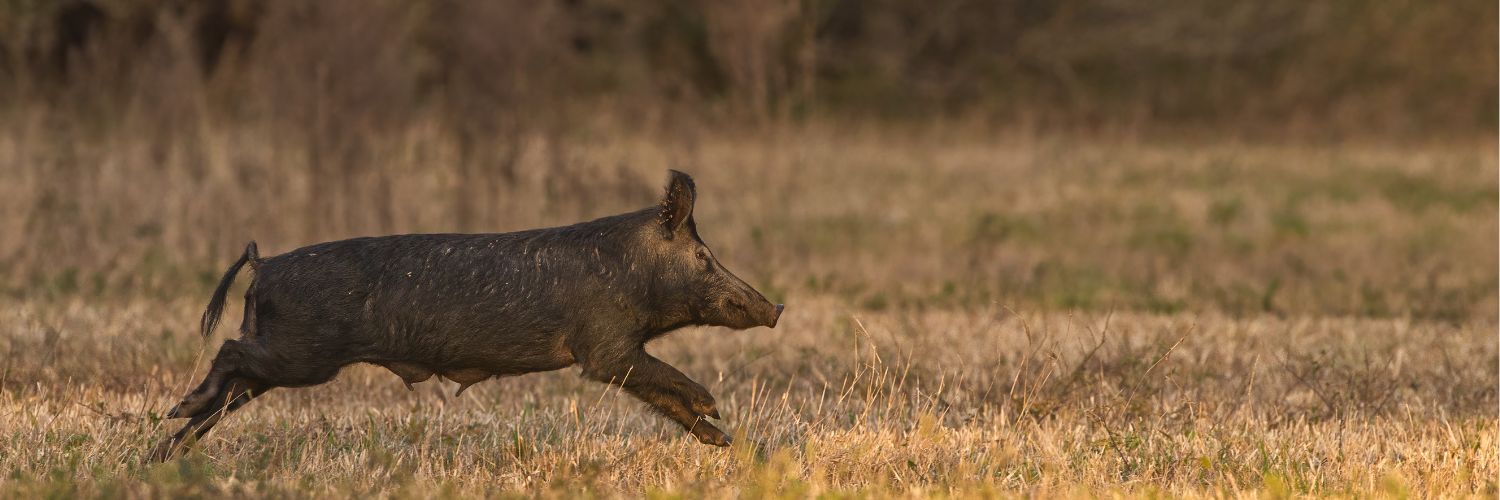
While Asian carp continue to be a nuisance in local protected western Kentucky waters, natural lands are facing their own perilous predator.
Officials with Land Between the Lakes announced Friday that more than 300 feral hogs were removed from the recreation area this past January — using multiple hog eradication techniques that did not include hunting.
Behind “evolved tactics,” feral hogs are being better targeted in LBL. In 2019, 124 wild hogs were removed using “almost exclusively” trapping techniques. In 2020, the added use of helicopters helped increase the wild hog wrangling to 534 — at one point removing 96 wild hogs in a single day via aerial operations. In 2021, COVID measures thwarted a planned massive campaign — but 241 were still removed from the wild over a 12-month period.
And yet, despite these effective measures and multiple methods of eradication, the wild hog remains invasive and threatening of LBL. With more than 1.8 million visitors annually — particularly on hiking trails and in campgrounds — concerns are growing around this blossoming hog population.
There are even more concerns that individuals are releasing wild hogs in LBL, presumably to create hunting opportunities — despite the fact that hunting wild hogs is, and will remain, illegal. Hunting is a conservation tool, and officials aren’t seeking the paring of the pig population.
They are seeking complete and utter removal of the species from this ecosystem.
Any individuals found responsible for the release of hogs on U.S. Forest Service property will face criminal charges and restitution.
LBL’s forests are a habitat for a number of native wild animals, but feral hogs are not one of them. Per officials, any hog is considered “feral” if it’s not marked to show ownership, or is roaming freely in the preserve, and they cause a wide variety of problems for private landowners, fish and wildlife conservationists and visitors.
Federal authorities estimate that these hogs cause more than $1.5 billion in damages annually, as a serious threat to fisheries, forests, other wildlife and related agricultural resources — through the aggressive rooting of soil, the trampling and consumption of crops, and their steady diet of ground-nesting bird eggs, small reptiles and amphibians.
In the last three decades, feral hogs have expanded from 17 to 38 U.S. states — mainly because they can breed any time of the year and produce two litters of 1-to-7 piglets every 12 to 15 months.
Feral hogs are well known to carry a number of diseases, including but not limited to brucellosis, pseudorabies, trichinosis and leptospirosis — all of which impact crop and human health.
Though hunting feral hogs is illegal, it’s also remarkably ineffective as a population deterrent. An intelligent creature, human disturbances force the swine to quickly relocate and operate nocturnally — two ways in which help the feral hog increase in numbers and thrive.
The public should report feral hog sightings, damage, or criminal release to the Kentucky Department of Fish and Wildlife Resources by calling 1-800-858-1549.






